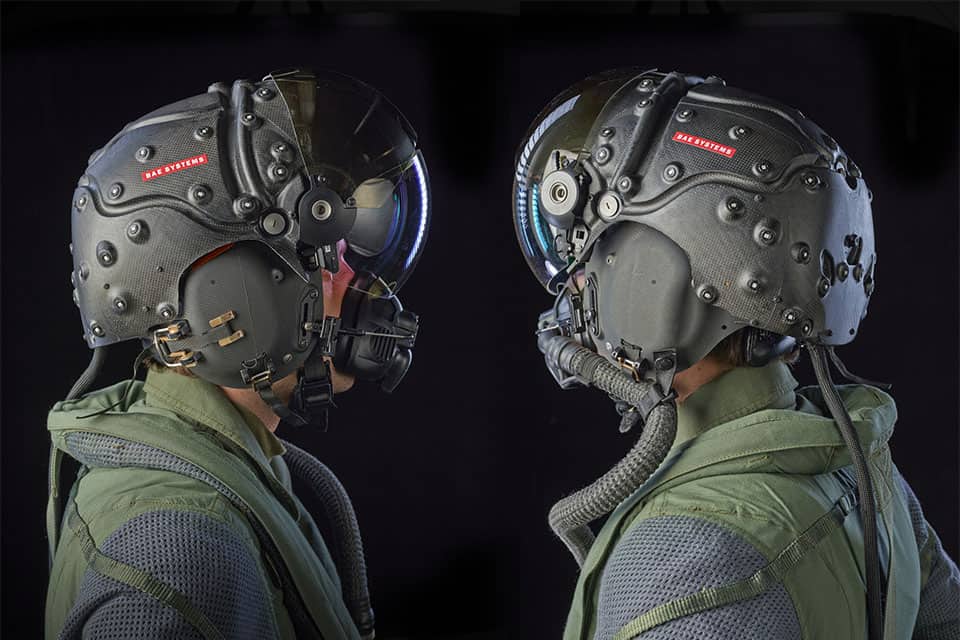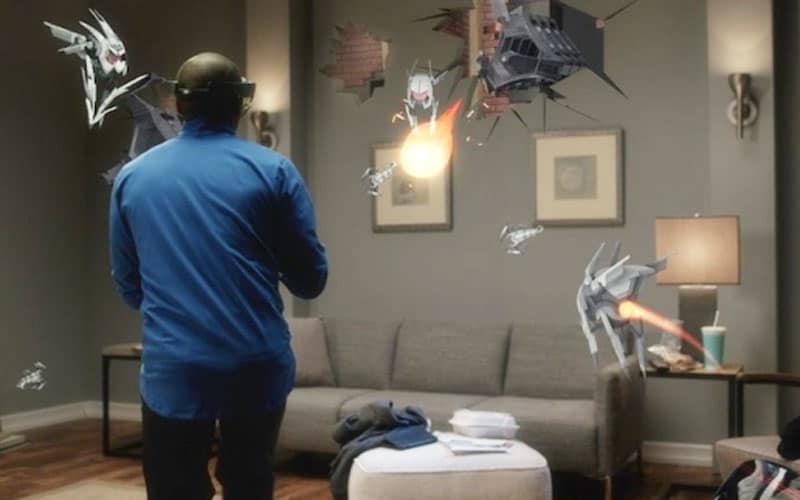Microsoft, Sony, Oculus VR and others are pushing hard to bring Augmented and/or Virtual Reality headsets to the masses, but one expert thinks we may be going to far, too fast.
In an insightful post on Quora, Steve Baker, who considers himself to be an expert in the field of helmet mounted displays used in military flight simulation, having worked in the field for decades, tackles the problem that users face with nausea when using augmented or virtual reality headsets.
Baker first rebuts claims that the problem is caused by latency, low resolution, or inaccurate head motion tracking, as he says that the $80,000 goggles used by the military, while they had significantly higher resolution, lower latency, and better head motion tracking, still induced nausea.

The problem, Baker says, is similar to sea-sickness, and stems from depth perception issues. In a VR display, our brains can’t resolve the different signals to the brain when what we’re focusing on in reality is only inches away, but appears to be much farther away in a virtual reality environment. Baker goes on:
In the real world, this simply cannot happen…so what have our caveman-evolved brains been wired to do under those circumstances? Well, some people simply reject the focus information and rely on other cues. But other people’s brains say “This is an impossibility – we must be hallucinating”…and if you’re hallucinating, and you’re a caveman, then you’ve probably eaten something poisonous – a “magic mushroom” maybe? And when that happens, your brain goes into panic mode and tries to empty this substance from your stomach…and you feel very, very nauseous.
Momentum, or the lack of body cues that you’re stopping or starting in virtual reality space, is another problem for the brain, and can also induce nausea:
Caveman brain again – “My eyes say we’re accelerating – my muscles and balance organs say we’re not – we’re hallucinating – so vomit”.
This all doesn’t bode well for “really cool uses” of VR, says Baker:
So now, we can’t be in a confined space because of focus-induced nausea – and we can’t be accelerating and decelerating through the world because of momentum.
This locks out 99% of all of the really cool uses of VR. Hardly any videogames can get away without some acceleration of the viewpoint. No really fun, immersive, games can keep you more than 3 meters from every objects (in part because you’re less than 3 meters tall – and you can look down and see the floor!)
Sure, we can probably find some genres of “experiences” for which we can stand still and watch the action from a distance – but that’s absolutely NOT why people will want to buy these gadgets.

While Microsoft hasn’t specifically addressed sickness inducing aspects of its in-development HoloLens augmented reality devices, “features” like three-hour battery life and a limited field of view seem to be attempts to mitigate the problem, but Baker concludes his post not only saying that “I don’t think it’s possible to make a VR system that both delivers the experience that everyone wants – and doesn’t make a sizeable proportion of the population so sick that they’ll never want to do it again”, but warning the industry that they may well be headed for trouble if their cool new AR/VR systems make people sick:
If these devices are in pretty much every home – then there are huge problems in store for the industry in terms of product liability. There have been plenty of warnings from the flight simulation industry – there are no excuses for not reading the Wikipedia article on the subject. If people are driving “under the influence” and the VR companies didn’t warn them about that – then they’re in deep trouble.
(link added)
Now, in my very limited experience with the HoloLens (I was at the original HoloLens announcement, and have used it 3 times since, with the last time being the most “heads on” time, but still wearing it for only 10-15 minutes at a time), I never felt any motion sickness, nor have I heard from developers complaining about symptoms in their use of the $3000 developer kits, but that’s all anecdotal, and motion sickness from AR/VR is a very real problem.

